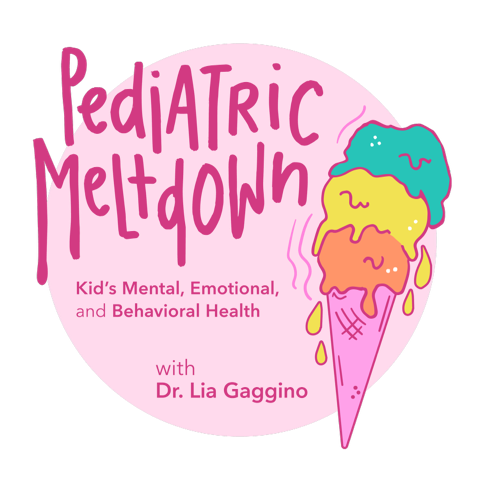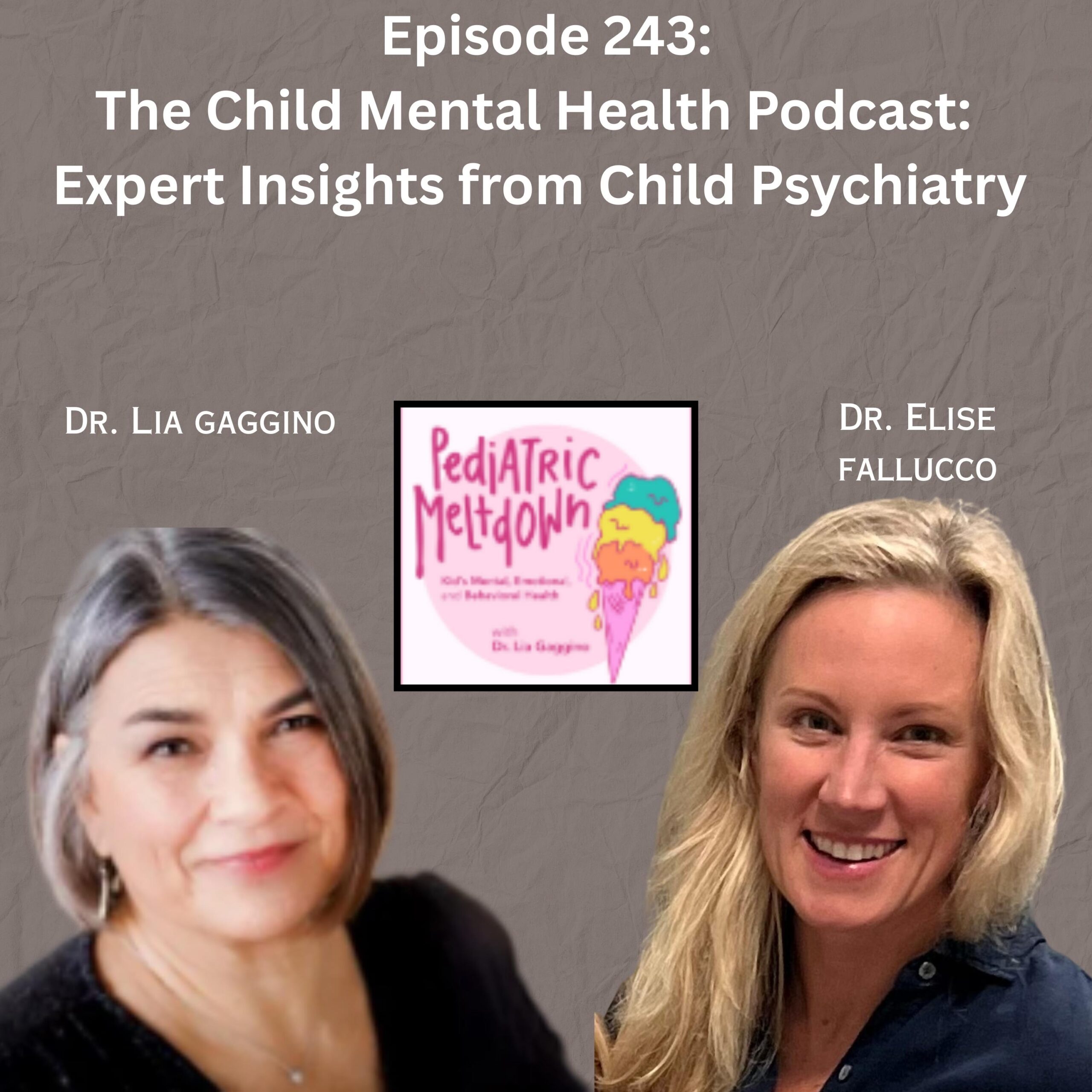Dr. Susan Hyman is a Board Certified Developmental Behavioral Pediatrician. She is chief of the division of Developmental Behavioral Pediatrics at the University of Rochester, which includes outpatient specialty services dedicated to diagnosis and ongoing medical consultation and behavioral care for children and youth with autism and other developmental disabilities for a large region of Central and Western NY.
The division provides inter-professional education for pediatric, nursing and other trainees and has a service that engages in community consultation. She is the Co-Principal Investigator of the Rochester Site of the Autism Cares Network sponsored by Autism Speaks. Her research interests include medical care and behavioral interventions for children and youth with autism spectrum disorders, diet and nutrition in children with autism, among other areas.
She has been very active in the American Academy of Pediatrics with a focus on supporting the primary care pediatrician in the identification and care of youth with autism and other developmental disorders in the medical home. Dr. Hyman served 14 years as chair of the Autism Subcommittee and 6 years on the Executive Committee of the Council on Children with Disabilities. To further these goals, she and her team have been actively involved in ECHO Autism for practices in the Central and Western NY region.
CME INSTRUCTIONS: Completion of these steps are required to earn CME credit.
TO OBTAIN CME CREDIT: SELF-ATTEST WITHIN 4 WEEKS. GO TO: https://cmetracker.net/MSU/Publisher?page=pubOpen#/EventID/91837/ (case sensitive)
1. Click on the Sign In option on the left menu
2. Enter your email and password to log into the system. You will be required to create a profile if you have not used the system before.
3. Enter the activity code provided on this sheet.
4. Complete the online evaluation, attest to your time in attendance, and follow the screen instructions to print your certificate. Make sure your computer is set to allow pop-ups from the site or the certificate will not show.
If you have any issues obtaining your certificate, please contact the CME Office at [email protected] or by calling 517-884-8871
CME Activity Information Sheet can be found here.
[00:01] Dr. Susan Hyman Shares Her Story With Us
- Welcome to the first CME series in Pediatric Meltdown!
- What to expect in this series
- I introduce and welcome Dr. Susan Hyman
- Susan shares why she pursue a career as a pediatrician
[07:12] The Clinical Report on Autism
- Susan gives emphasis about the need of patients to receive holistic care
- She raises some questions that pediatricians have to address for children with autism
- We exchange ideas about this big myth about people with autism
- The overall goal of their Clinical Report on Autism according to Susan
- Physicians should convey to patients they have enough time
- We discuss the first part of the Clinical Report
- The privilege of being a primary care provider
- The screening measures recommended
[20:13] Why Early Interventions Are Important
- Susan discusses the importance of early interventions
- Is there a difference between children who received early interventions and those who didn’t?
- Susan shares an interesting information
- The recommendations of Bright Futures
- We talk about the 64-trillion-dollar question
- What is it and what can be the answer?
- The critical screening tools for pediatricians according to Susan
- Susan talks about the ethics of screening you should not miss!
- The age groups that are high-risk to Autism Spectrum Disorders
[33:43] The Major Cause of Death Among Children With Autism
- A frustration of pediatricians about insurance companies that should be addressed
- How pediatricians can avoid cognitive dissonance in diagnosing patients
- Susan gives her take about what will it will take for insurance companies to give more credence to the primary care pediatrician
- She talks about the educational programs that pediatricians can benefit from in relation to Autism Spectrum Disorder
- The major cause of death among children with autism according to Susan
[46:28] The Best Part of Pediatrics
- Don’t miss Susan’s major takeaways in our discussion
- We talk about the best part of working in pediatrics
- Listen to Susan’s message for her resident self
- How to earn CME credits
[54:41] Closing Segment
- Final takeaways:
- A pediatrician’s role in assessing the physical, social, and emotional milestones of children
- Evidence-based tools in screenings
- Why routine surveillance is important
- Ongoing research to improve interventions on Autism Spectrum Disorders
- The M-CHAT score that warrants urgent referral
- Pediatricians and pediatric clinicians can and should make a diagnosis when children meet the criteria
- 60% of children with autism spectrum disorders have normal cognitive abilities
- Common comorbid medical conditions
- Age groups that are high-risk of Autism Spectrum Disorder
- The need for families to be educated about safety concerns
- Online resources you can access right now
- Susan’s key points
- Screen at key intervals
- Refer early
- Practice surveillance
- Keep tabs informally
Key Quotes:
“The primary care provider has the honor of knowing families and being trusted by families..” – Dr. Susan Hyman
“Screen early and often. Continue surveillance. Do not hesitate to refer for diagnosis.” – Dr. Susan Hyman
“Listen more and talk less.” – Dr. Susan Hyman
Email [email protected] to reach out to Susan or check out https://www.urmc.rochester.edu/ to know more about her work.
Resources Mentioned:
- Clinical Report: Identification, Evaluation, and Management of Children With Autism Spectrum Disorder
- Bright Futures
- Autism Speaks
- AAP Autism Toolkit
- NAA’s Big Red Safety Box®
If you’d like to connect with me, you can find me on LinkedIn, Facebook, and Twitter or email me at [email protected]. To learn more about me visit https://www.medicalbhs.com/
LOVE WHAT YOU HEARD? Leave us a 5-star review so we can continue to provide you with great content. Share this episode and help people know more about children’s health and well-being.








